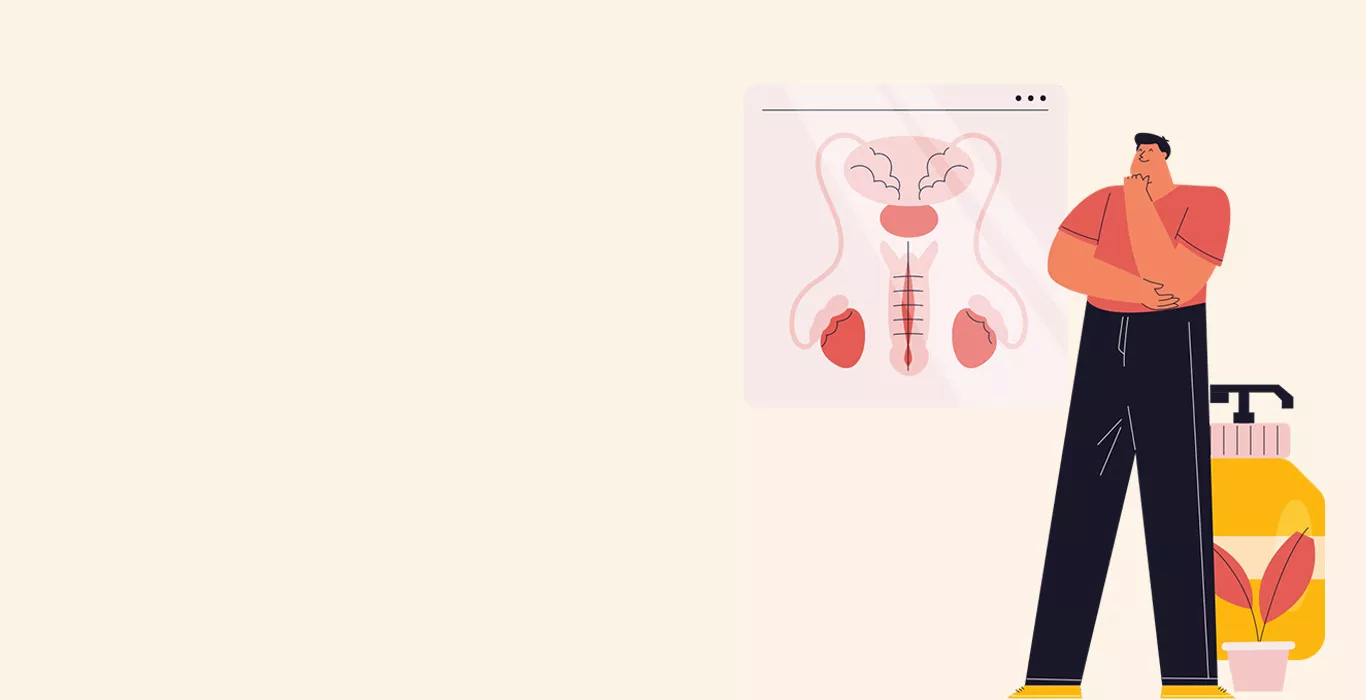What is Ejaculatory Duct Obstruction?
Ejaculatory Duct Obstruction refers to the partial or complete blockage of one or both ejaculatory ducts. These ducts play a crucial role in the male reproductive system by carrying semen from the seminal vesicles into the urethra during ejaculation. When this passage is obstructed, it can lead to various issues, including infertility and sexual dysfunction.
Who can get Ejaculatory Duct Obstruction?
EDO can affect men of all ages, but it is most commonly observed in individuals between 20 to 50 years of age. It can be congenital, meaning a person is born with it, or acquired later in life due to various factors.
What are the Types of Ejaculatory Duct Obstruction?
There are two primary types of EDO:
1. Congenital EDO: This type is present from birth and is often linked to anatomical abnormalities or developmental issues in the male reproductive system.
2. Acquired EDO: Acquired EDO can develop later in life and is typically associated with infections, inflammation, or other medical conditions affecting the ejaculatory ducts.
What are the Causes of Ejaculatory Duct Obstruction?
The causes of EDO can be diverse, depending on whether it is congenital or acquired.
Congenital EDO causes may include:
1. Developmental abnormalities: Structural issues in the male reproductive system can lead to congenital EDO.
2. Cysts or calculi: Abnormal growths or calcifications in the ejaculatory ducts can cause blockages.
Acquired EDO causes may include:
1. Infections: Infections of the reproductive or urinary tract can lead to inflammation and subsequent duct blockage.
2. Inflammatory conditions: Chronic inflammatory conditions like prostatitis can contribute to acquired EDO.
3. Trauma or surgery: Previous pelvic surgery or injury can result in scarring that obstructs the ejaculatory ducts.
What are the Symptoms of Ejaculatory Duct Obstruction?
The symptoms of EDO can vary in severity but often include:
1. Pain or discomfort: Pain in the pelvic region, particularly during ejaculation, is a common symptom.
2. Sexual dysfunction: EDO can lead to difficulties in achieving or maintaining an erection and may result in premature ejaculation
3. Low ejaculate volume: Men with EDO may notice a reduced volume of ejaculate during ejaculation.
4. Infertility: EDO is a significant cause of male infertility, as it can prevent sperm from reaching the semen.
How does Ejaculatory Duct Obstruction Affect Male Fertility?
Ejaculatory Duct Obstruction occurs when the ejaculatory ducts, essential for transporting semen during ejaculation, are blocked. This impedes the release of sperm into the urethra during ejaculation, significantly affecting male fertility. The absence of sperm in the ejaculate hinders the chances of successful fertilisation, rendering natural conception difficult.
How is Ejaculatory Duct Obstruction Diagnosed?
Diagnosing EDO typically involves a combination of medical history analysis, physical examination, and diagnostic tests. These tests may include:
1. Semen analysis: Examination of semen to assess sperm count, motility, and morphology.
2. Transrectal ultrasound: This imaging technique allows visualisation of the ejaculatory ducts and any blockages or abnormalities.
3. Urodynamic studies: These tests measure pressure and flow within the urinary tract, helping to identify any issues with the ejaculatory ducts.
4. Cystoscopy: A thin, flexible tube with a camera is inserted through the urethra to directly visualise the ejaculatory ducts and any obstructions.
How is Ejaculatory Duct Obstruction Treated?
The treatment of EDO depends on the underlying cause and severity of the condition. Treatment options include:
1. Medications: In cases of infection or inflammation, antibiotics or anti-inflammatory drugs may be prescribed.
2. Transurethral resection of the ejaculatory ducts (TURED): This surgical procedure is performed to remove obstructions or cysts within the ejaculatory ducts.
3. Balloon dilation: A minimally invasive procedure where a balloon is inflated in the ejaculatory ducts to widen the passage.
4. Assisted reproductive techniques (ART): For individuals struggling with infertility due to EDO, ART procedures like In Vitro Fertilisation (IVF) can help achieve pregnancy.
The choice of treatment depends on individual circumstances and should be discussed with a healthcare provider.
Conclusion
Ejaculatory Duct Obstruction is a medical condition that can have a profound impact on a man's reproductive health and quality of life. Whether congenital or acquired, it is essential to recognise the symptoms and seek timely diagnosis and treatment. With advances in medical technology and treatment options, many individuals with EDO can find solutions to improve their fertility and overall well-being.
Pregnancy Calculator Tools for Confident and Stress-Free Pregnancy Planning
Get quick understanding of your fertility cycle and accordingly make a schedule to track it















